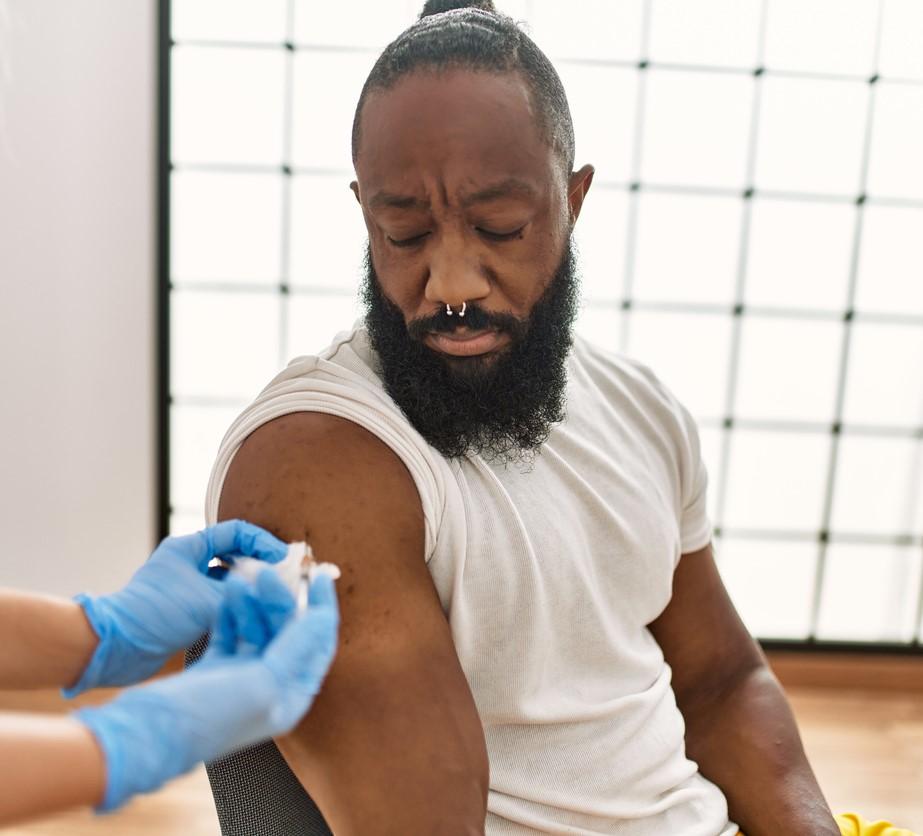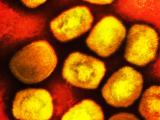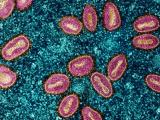As many as 78% of Black Americans eligible for mpox protection via the Jynneos vaccine have not been vaccinated, according to a new shortfall analysis published today in Morbidity and Mortality Weekly Report (MMWR).
A second MMWR report today delves into mpox transmission risks to kids, noting that some adults did not begin to isolate until after they had received a diagnosis.
Two thirds of those eligible remain unvaccinated
The shortfall analysis looks at the percentage of Americans who have not yet been vaccinated, and it shows the country has significant racial and ethnic gaps in mpox vaccine coverage.
The mpox outbreak in the United States has disproportionately affected Black and Hispanic men who have sex with men (MSM). From May to and April 2023, a total of 748,329 initial Jynneos vaccine doses (of the two recommended) were administered in the United States.
The shortfall was largest among non-Hispanic Black or African American (Black) (77.9%) and non-Hispanic American Indian or Alaska Native (AI/AN) (74.5%) persons.
The analysis shows that, based on vaccine administration data with race and ethnicity reported, 66.0% of vaccine-eligible people remained unvaccinated at the end of this period.
"The shortfall was largest among non-Hispanic Black or African American (Black) (77.9%) and non-Hispanic American Indian or Alaska Native (AI/AN) (74.5%) persons, followed by non-Hispanic White (White) (66.6%) and Hispanic or Latino (Hispanic) (63.0%) persons, and was lowest among non-Hispanic Asian (Asian) (38.5%) and non-Hispanic Native Hawaiian and other Pacific Islander (NH/OPI) (43.7%) persons," the authors found.
Black Americans are about 20% more likely than their White counterparts to be vaccinated, but they are also about 83% more likely than White people to eligible for the vaccine, the authors said.
"To minimize the risk for future mpox outbreaks, vaccination coverage among all eligible persons needs to increase substantially, particularly among racial and ethnic minority groups with the largest shortfalls," the authors said.
CDC highlights 3 mpox cases in newborns
In the second study, the authors update data on mpox cases confirmed in US children ages 12 and under, noting three cases among newborns and that household spread was common among the cases.
From May 17 to December 31, 2022, Centers for Disease Control and Prevention (CDC) officials identified 45 cases in children 12 and under. Approximately 71% of those kids were exposed through a household contact. Today's study focuses on 17 of those cases, which were confirmed from September 25 to December 31, as the others had been previously detailed.
Among 14 of those children with available information, 8 were exposed via a household contact, 1 via a non-household contact, and 5 had an unknown exposure.
"Review of children's case histories suggest that in at least three cases, the person with mpox (i.e., the exposure source) did not begin isolating until after had they received a diagnosis," the authors wrote.
Protecting children at risk for mpox exposure requires that exposure prevention strategies be implemented without delay.
Three cases were recorded in babies less than 1 week old, all likely due to perinatal exposure. All three babies were Black.
In younger children, skin-to-skin contact with infected caregivers was the most common route of exposure, including bed sharing.
"Household members or caregivers with mpox, including pregnant women and their health care providers, should be informed of transmission risks to children and infants," the authors said. "Protecting children at risk for mpox exposure requires that exposure prevention strategies be implemented without delay."



















